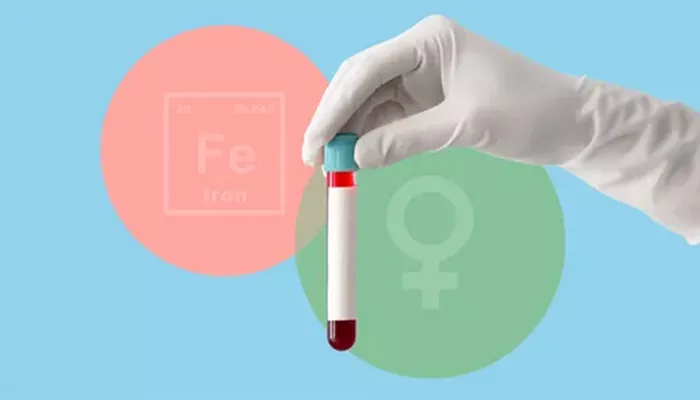Cravings for ice, hair loss, and mood swings may seem unrelated—but they can all point to the same issue: iron deficiency. According to a September 2024 report in JAMA Open Network, 14% of U.S. adults have low iron levels. Among women aged 18 to 50, the number rises sharply to 34%.
Iron is essential for producing hemoglobin, the protein in red blood cells that carries oxygen throughout the body. Yet, iron deficiency is rarely screened for, despite being widespread and linked to fatigue, shortness of breath, and even impaired cognitive function.
“People can be iron deficient for years without knowing,” says Dr. Imo Akpan, a hematologist at NewYork-Presbyterian/Columbia. Early detection can help prevent anemia and other symptoms like restless leg syndrome and reduced physical performance.
Why Women Are at Higher Risk
Women of reproductive age are particularly vulnerable to iron loss through menstruation. Pregnant individuals also need more iron to support fetal development. Iron demands increase significantly throughout pregnancy, especially by the third trimester.
Low iron levels can stem from poor dietary intake, medical conditions affecting absorption, or blood loss. Vegetarians, vegans, and people with conditions like IBS, Crohn’s disease, or celiac disease may face greater challenges in maintaining adequate iron levels.
Warning Signs of Iron Deficiency
Common symptoms include:
- Fatigue and weakness
- Dizziness or fainting
- Craving non-food items like ice (pica)
- Chest discomfort
- Brain fog
- Hair loss
- Mood changes
- Restless legs
- Shortness of breath
However, having one or more of these symptoms doesn’t always mean you’re iron deficient. Blood tests, particularly ferritin levels, are needed to confirm a diagnosis. A ferritin level below 30 ng/mL is typically considered deficient.
How to Raise Your Iron Levels
Improving iron levels can often be achieved through diet. Animal-based foods like beef, chicken, and eggs are rich in heme iron, which is more easily absorbed than plant-based sources like beans, lentils, spinach, and fortified cereals. Vitamin C enhances iron absorption, while coffee, tea, and calcium can interfere with it.
The National Institutes of Health recommends 18 mg of iron per day for women aged 19 to 50.
For more severe deficiencies, doctors may recommend iron supplements or, in some cases, intravenous iron. While supplements are effective, they can cause side effects like constipation or a metallic taste. Iron infusions work faster but may be costly and are not always covered by insurance.
Bottom Line
Iron deficiency is common, especially in women, and often goes undetected. If you experience persistent fatigue, unusual cravings, or other symptoms, speak to your doctor about testing your iron levels. With the right approach, iron levels can often be restored quickly, improving overall health and energy.
Related topics:


